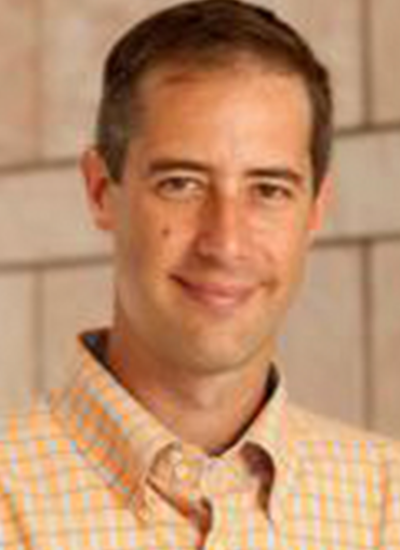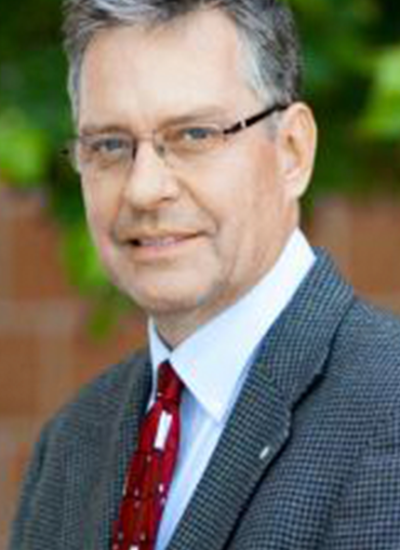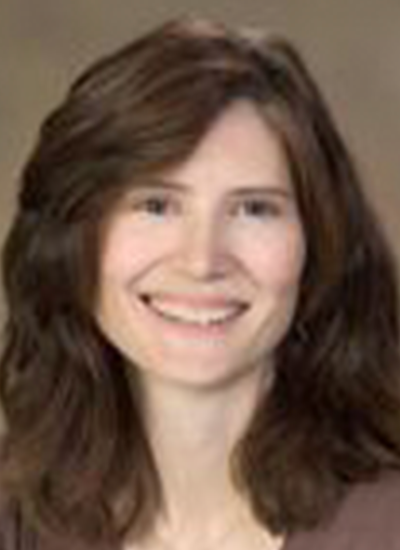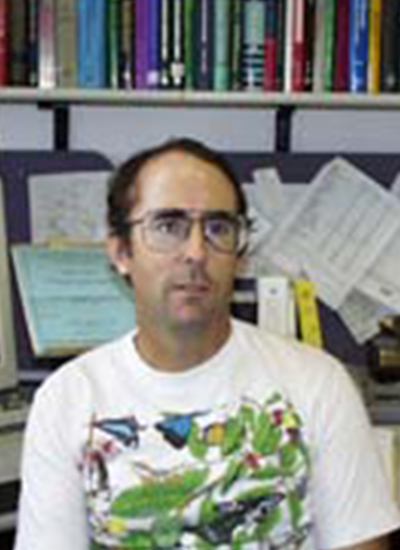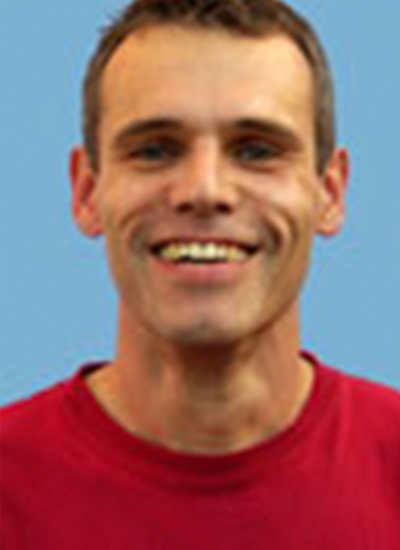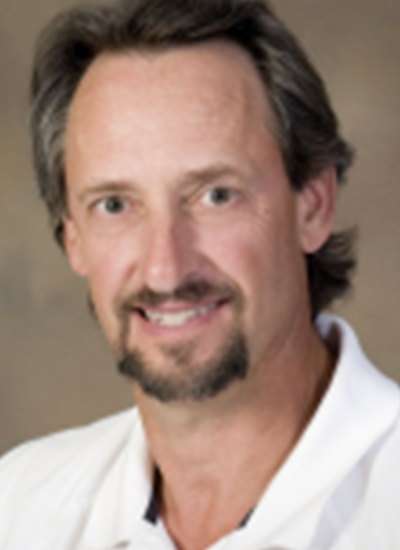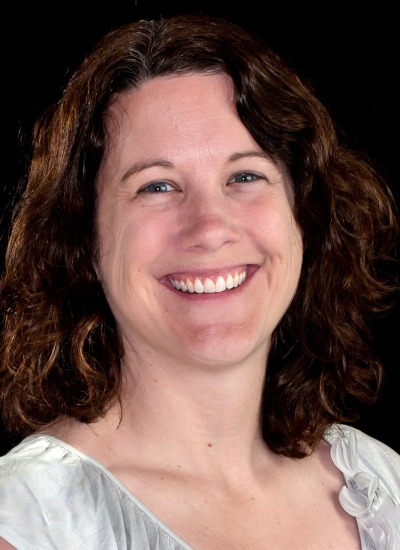Russell S Witte
Work Summary
We develop cutting-edge imaging technology, integrating light, ultrasound and electricity, to diagnose and treat diseases ranging from epilepsy to breast cancer. Novel sources for ultrasound contrast include optical and microwave absorption, mechanical strain, and electrical current. We visualize electrical brain “stormsˮ during uncontrollable seizures and envision “smartˮ photoacoustic agents that seek-and-destroy deadly tumors.


